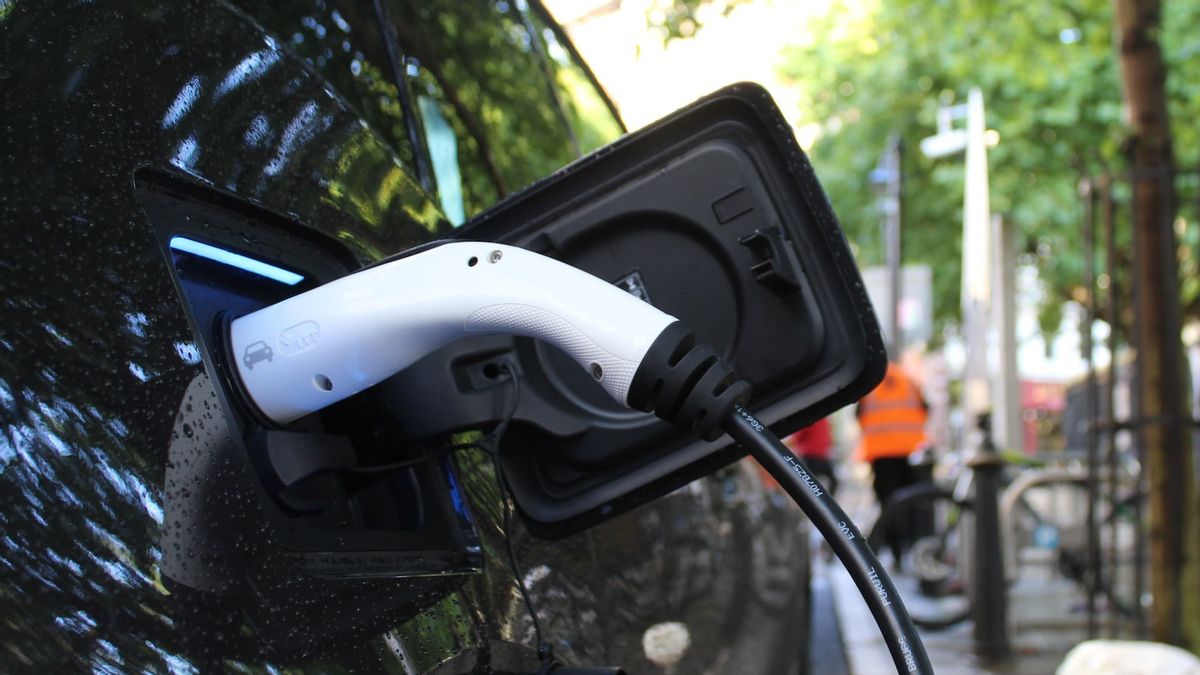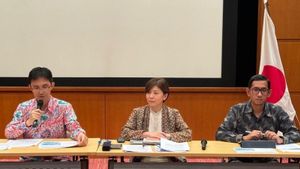JAKARTA - Economic and energy observer from Universitas Gadjah Mada (UGM) Yogyakarta Fahmyani said the provision of subsidies to consumers of electric vehicles could foster a desire for migration from fuel oil to cleaner electrical energy.
"This actually diverts subsidies from fuel oil which is a huge amount to electric cars, so that (incentives) will not be burdensome because they only move from left pocket to right pocket," he said in a written statement, quoted from Antara, Thursday, January 12.
The government plans to provide subsidies for electric vehicles with an incentive value of IDR 80 million for electric cars, IDR 8 million for new electric motors, and IDR 5 million for conversion motors aimed at building an electric vehicle ecosystem and reducing emissions.
In 2022, the realization of subsidies and compensation for fuel oil will reach IDR 307.2 trillion. This figure swelled from the initial plan of the APBN which was only IDR 252 trillion.
The huge value of the subsidy was triggered by an increase in world crude oil prices which had an impact on the price of fuel oil products.
Fahmy views that Indonesia is able to become a fairly large electric vehicle-producing country with products that are not only marketed domestically, but also for exports.
According to him, efforts to achieve this require fiscal incentives to subsidies for electric vehicles.
"If it is true then it provides subsidies, there must be conditions that must be given because otherwise we only open up markets for foreign companies to market their products such as conventional cars," said Fahmy.
The minimum requirements related to the provision of subsidies and incentives, first, cars and motorbikes must be produced domestically.
Second, the factory is a joint venture with domestic investors. So, foreign companies from China, South Korea, and the United States must cooperate with Indonesian companies.
Third, the use of local components or TKDN is at least 75 percent in order to optimize the use of domestic products.
Fourth, there is an agreement between foreign investors and domestic investors on the process of technology transfer, especially the transfer of technology in the field of human resources.
"Technological capability absolutely in five years must be transferred to Indonesians, so that in the next five or 10 years Indonesia will become a fairly large producer of electric vehicles produced by Indonesian sons, in the domestic market, and exports," explained Fahmy.
Meanwhile, the Institute for Essential Services Reform (IESR) views that incentives for electric vehicles are better focused on purchasing two-wheeled electric vehicles, converting two-wheeled vehicles into two-wheeled electric vehicles, and electrifying public transportation.
IESR Executive Director Fabby Tumiwa said that if this was realized, it would not only reduce the consumption of fuel oil, but also reduce congestion and emission reduction in Indonesia.
IESR advises the Indonesian government to reflect on India's experience in providing electric vehicle incentives through The Faster Adoption and Manufacturing of Electric Vehicles (FAME) scheme. In this scheme, bus incentives are greater than private cars.
The English, Chinese, Japanese, Arabic, and French versions are automatically generated by the AI. So there may still be inaccuracies in translating, please always see Indonesian as our main language. (system supported by DigitalSiber.id)










